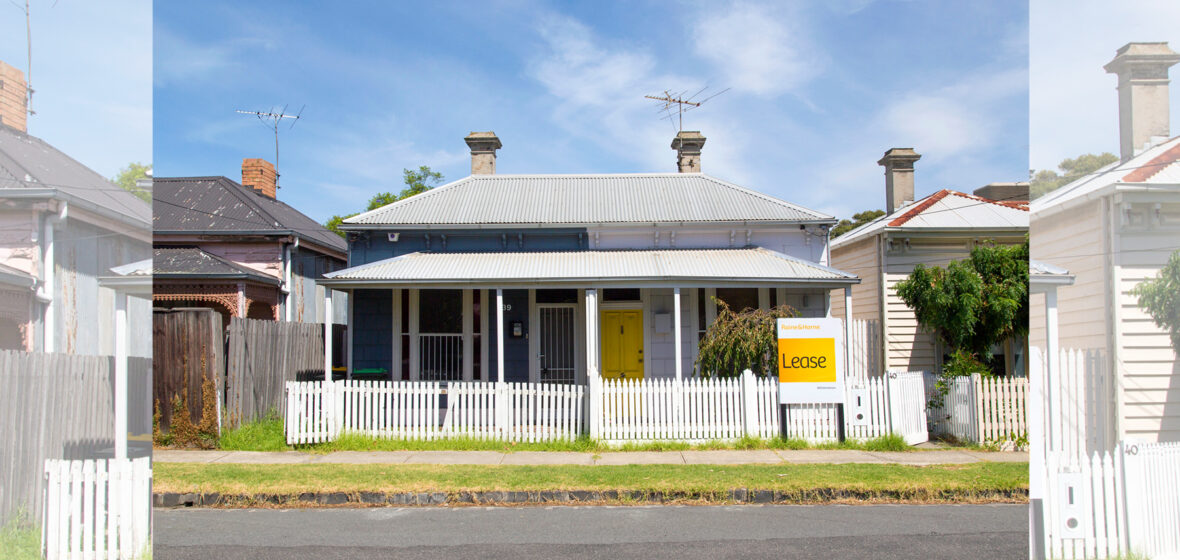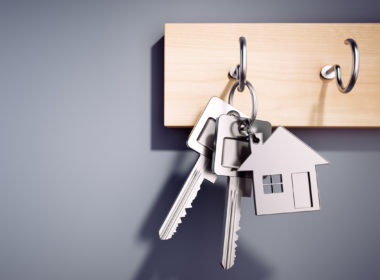Inflation and low tenancy rates are driving up rental prices across the state, causing many to seek help and advice from their local legal centres.
With the rental crisis hitting most suburbs in NSW, local legal centres are seeing a steep rise in enquiries and requests for help from tenants facing prohibitive rent increases. According to industry analysts, rents rose over an average of 10 per cent in the past year, with some suburbs registering increases of up to 30 per cent. It’s a case of a perfect storm, partially driven by some of the lowest vacancy rates on record but also by pressure from higher interest rates and inflation.
According to Redfern Legal Centre’s Inner Sydney Tenancy Advice and Advocacy Service (ISTAAS), requests for help from people dealing with unaffordable rent increases quadrupled this quarter in comparison with the same time frame last year.
It’s a confluence of factors, ISTAAS’s team leader Ned Cooke tells LSJ: “COVID had the effect of lowering rate in the market, and landlords are trying to make up for the loss from the pandemic”.
Cooke noticed the recent high demand for tenancy advice has led to excessive waiting times for advice from the service. But urgent enquiries are given priority, and many tenants are being redirected to other resources that can provide immediate answers, including NSW Fair Trading and the Tenants’ Union of New South Wales.
In disputing rental increases, tenants are first advised to arrange a deal with the landlord about the price. Alternatively, the NSW Civil and Administrative Tribunal (NCAT) may be called to resolve the issue. According to section 44 of the Residential Tenancies Act 2010 (NSW), NCAT determines if a rent increase is excessive or not by considering several factors, including the accommodation and amenities provided in the residential premises; the state of repair of the property; and the last time the rent was increased. What isn’t considered is the tenant’s income and ability to afford a rent increase.
But the main factor impacting the tribunal’s decision is the “general market level of rents for comparable premises in the locality or a similar locality”.
With the current housing crisis, more and more people than before are renting. According to the 2021 census, that number in NSW was over 32 per cent.
“There’s a massive power imbalance between the landlord and tenant”, according to Cooke. More often than not, he observed, when the landlord proves his increase is in line with the market, the tribunal sides with the landlord.
For a tenant, it isn’t easy to find that information. While the Tenants’ Union offers a free Rent Tracker Tool, most of the factual information remains unregulated in the hands of real estate agents.
Rent increases are almost exclusively a private rental issue, but the safety net of social housing has a 10- to 15-year waiting list, adding more families to the pool of people searching for a rental property in NSW.
For Cooke, the other concern is the state’s no-grounds eviction law. Currently, a landlord must give 60 days written notice before a rent increase comes into effect, and 90 days’ notice for eviction with no grounds. Tenants who contest rent increases and try to negotiate a new contract may be sent a no-grounds termination notice, which further worsens their situation. In that case, the landlord will still have to apply to the tribunal to evict the tenant, but the tribunal has no discretion. Tenants can apply for an order claiming that the eviction was retaliatory, but this is often hard to prove — leaving many tenants with no option other than to find new accommodation—an added and costly stress, particularly for families.
With the current housing crisis, more and more people are renting than before. According to the 2021 census, that number in NSW was over 32 per cent. In addition, in 2021, 35 per cent of the state’s population admitted that their rent payments were higher than 30 per cent of the household income, adding to financial difficulties for families trying to save for a deposit. With house prices remaining exceptionally high, it’s expected that the number of rented dwellings will rise by 2026.
“The experience of renting in NSW is the experience of living in someone’s home”, Cooke observes. The system is skewed to protect the landlord’s right to invest, but that comes at the expense of tenants, affecting their sense of dignity. Many tenants don’t push for repairs, afraid that their landlords can raise payments when the contract is renewed. This puts further pressure on families, already finding their financial independence compromised by rental increases above the inflation rate and above the annual salary increase. They already know about being forced to move to different suburbs, away from where they are settled, where their children go to school, and where they already know the community.
Tenancy rights have been added to the conversation as the state election looms. The opposition has pledged to reduce rental stress by ending no-grounds evictions and introducing a new system of transferable bonds between properties. Greens MP Jenny Leong’s proposed Residential Tenancies Amendment (Prohibiting No Grounds Evictions) Bill 2022 was rejected in state parliament, with votes against both the Liberal and Labour parties. Finally, the government has pledged to resolve the housing crisis by substituting the current stamp duty with a new proposed land tax for first-home buyers and offering further support to offset the rising cost of living in the state.
For the state’s local Legal Services, it’s evident that a change of rental laws is due. The current system was built on the assumption that renting was but a stepping stone to entering the housing market and finding the family’s forever home, but, for New South Welshman, renting is the only option for the foreseeable future.




